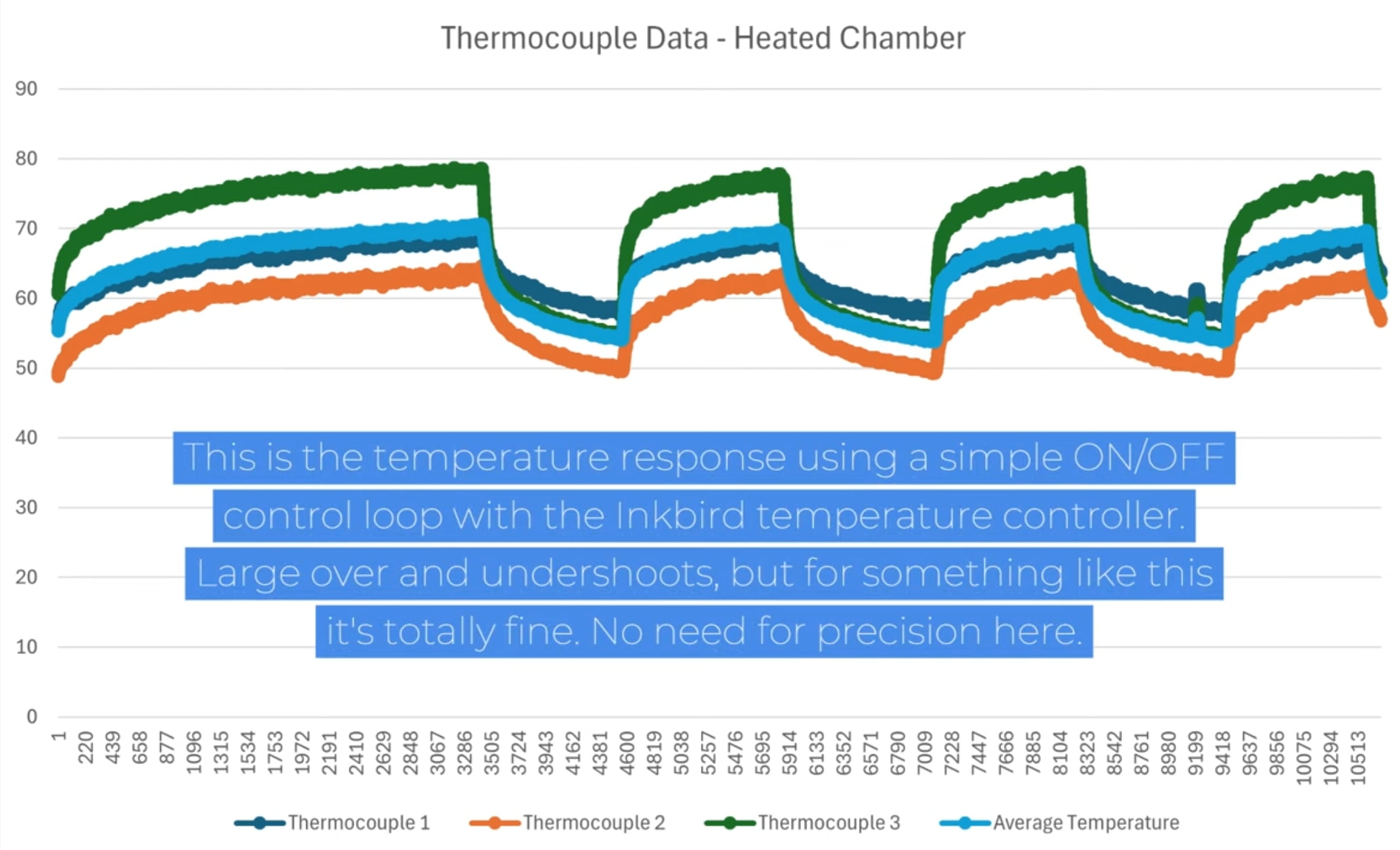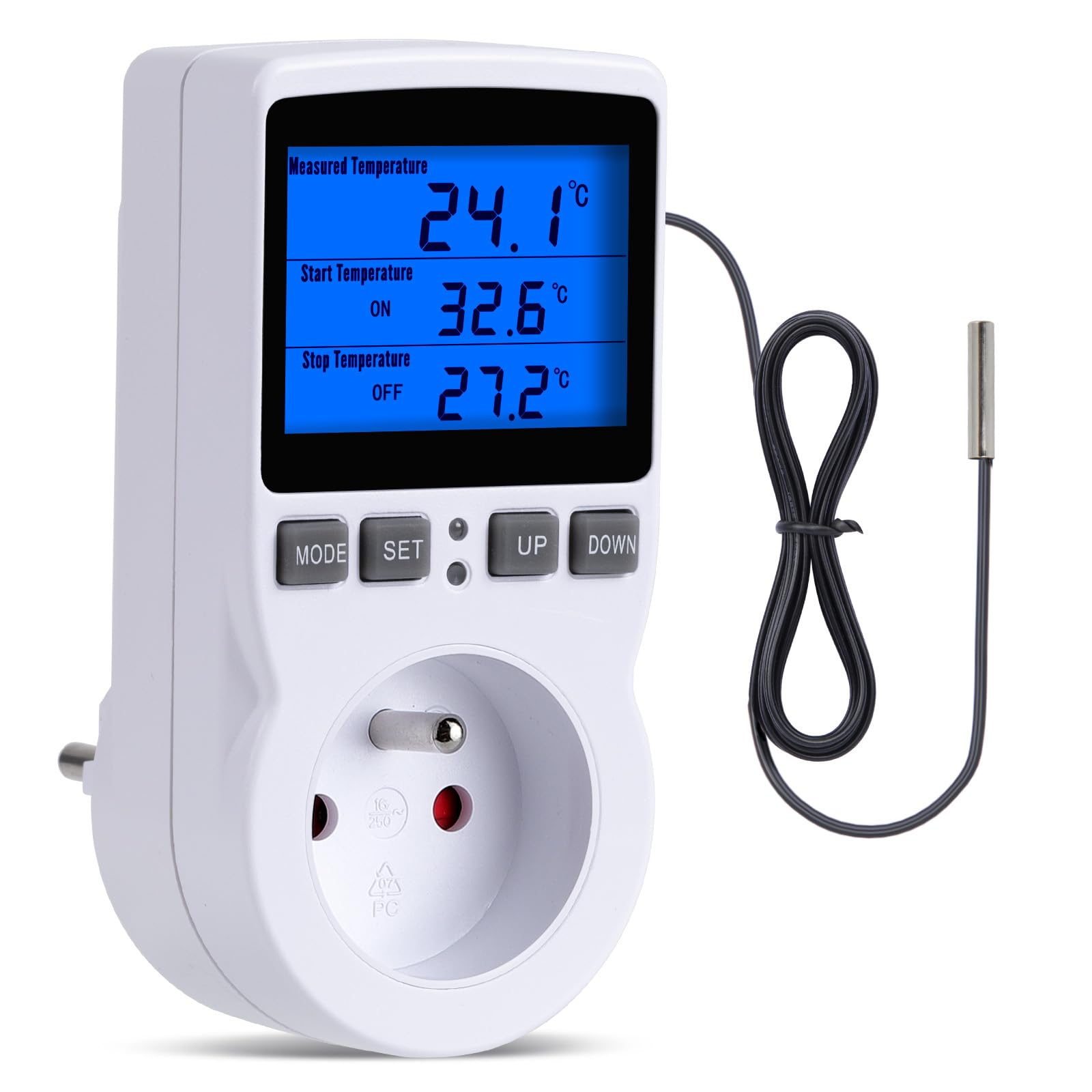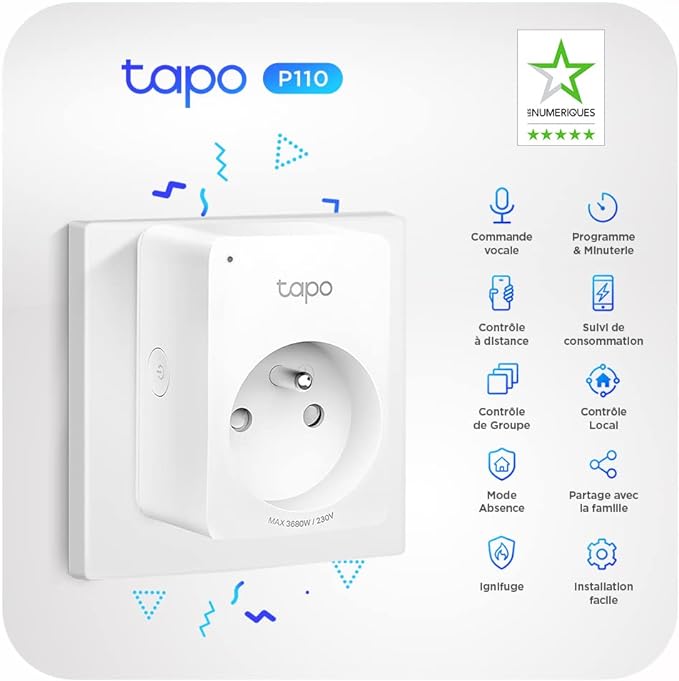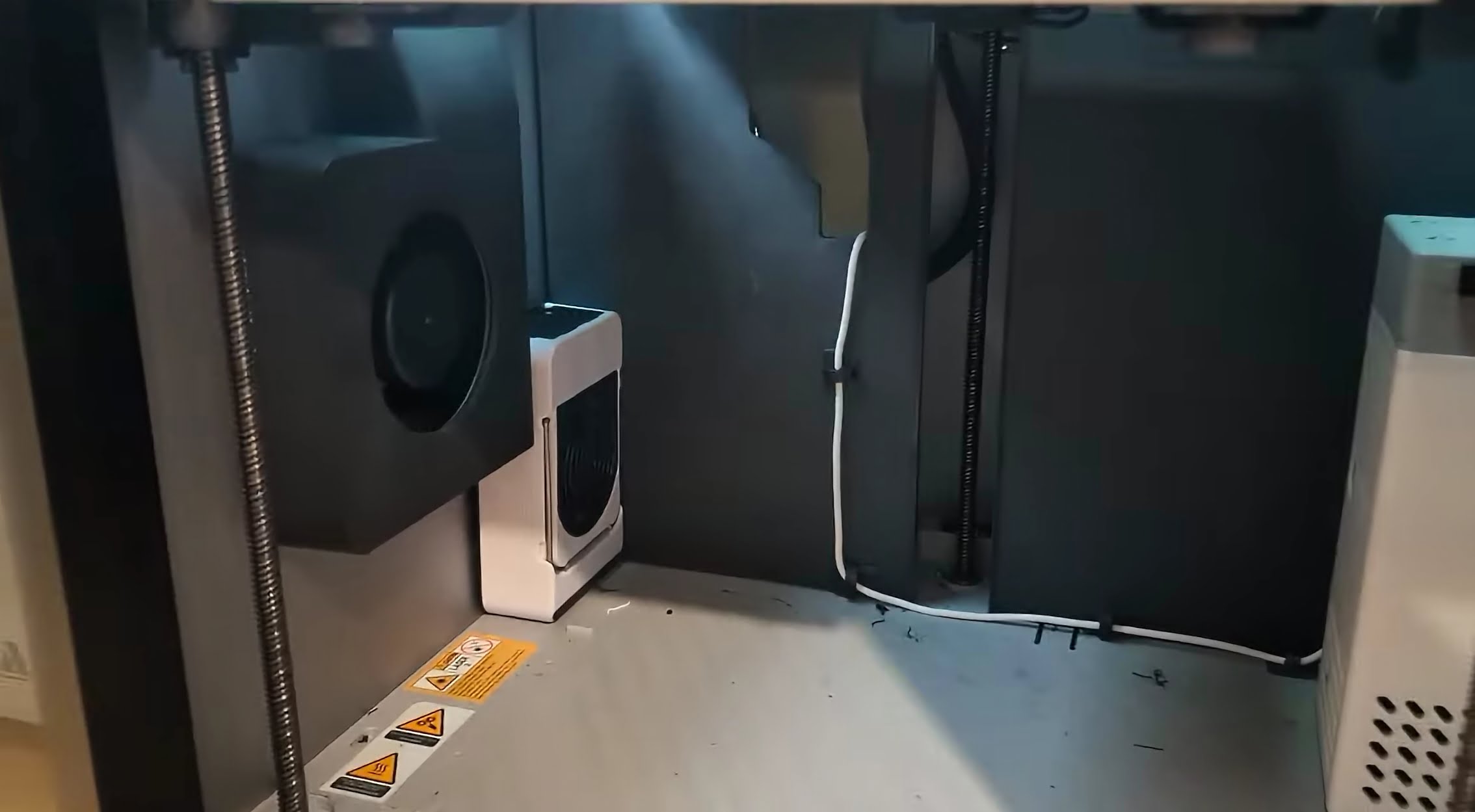
Active heating for x1c

Will you struggle to print technical parts in nylon and dense carbon fiber because of deformations?
MP of M Pro Types offers you a simple and economical solution: modify your X1C printer to integrate a heating room!
Why a heating room?
By default, the X1C may encounter adhesion and deformation problems when printing demanding filaments such as nylon and carbon fiber.
These materials require a higher and constant ambient temperature throughout the printing. The solution: we forget the complex systems to build yourself!
Thanks to a few easily available standard components, you can transform your X1C into a machine capable of printing the most technical filaments.
Please note: this modification is not recommended by Bambu Lab, because unlike the X1E, the X1C was not prevented to accommodate active heating.
Here is the list of necessary equipment
A small PTC heating (200W or 500W) found on Amazon.
He will have to accommodate himself next to the auxiliary fan of your X1C.

An inkbird temperature regulator with temperature sensor to ensure a stable thermal control loop.

Version 1.0.0
CommanderAn alternating current timer to program the automatic printing stop after 5 hours (average printing duration of half a mold).

Step -by -step assembly
We start by quickly dismantling the heating to view its internal operation.
There is in particular a PTC element, a fan, and screws hidden under a sticker (classic!).

We then discover a security system composed of a fuse and a bimetallic switch which automatically cuts the power supply in the event of overheating. Once the heating is disassembled, we go to its installation in the X1C.
The ideal location is located right next to the auxiliary fan.
You can then transport the cables by the same path as the coal filter and bring them out by the rear panel (it does not need to be completely fixed).
Beware of the cable path does not bother the movement of the printing plate.
After assembling everything and launched a test printing, we see that the heating room works perfectly.

Three thermocouples have also been placed in different places to record temperature variations.
These measures make it possible to understand the distribution of heat inside the room.
Balance sheet
This simple modification makes it possible to obtain impressive results!
The heating room is easy to install and above all, effective to limit the deformation of the parts printed in nylon and carbon fiber.
Credits
Created by: [Ember Prototypes] (https://www.emberprototypes.com/)
